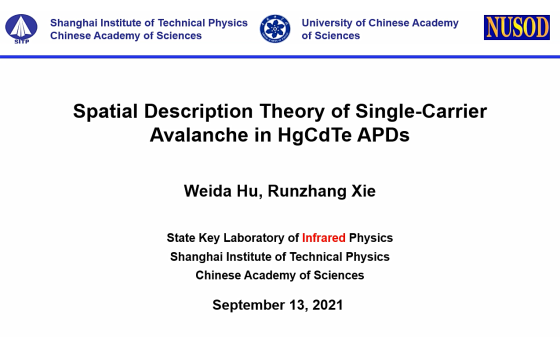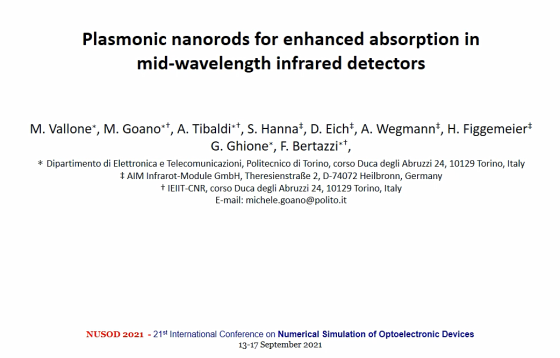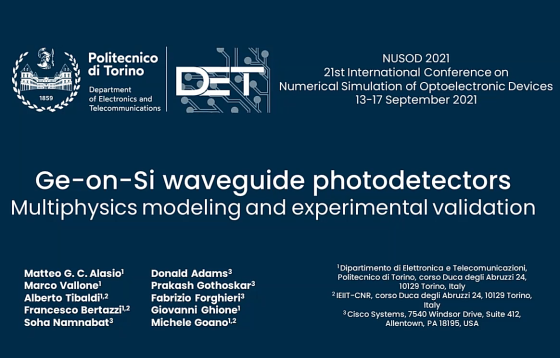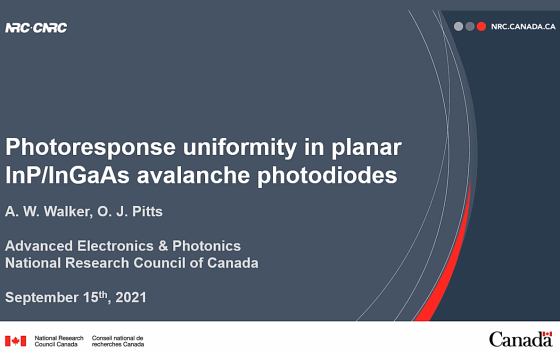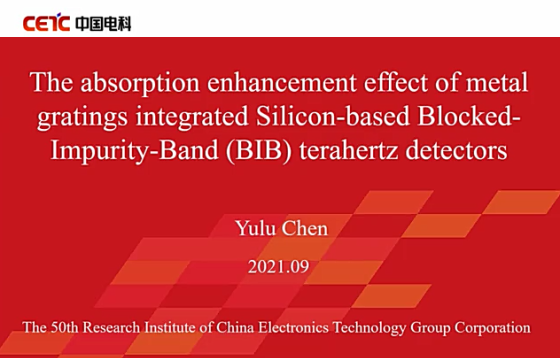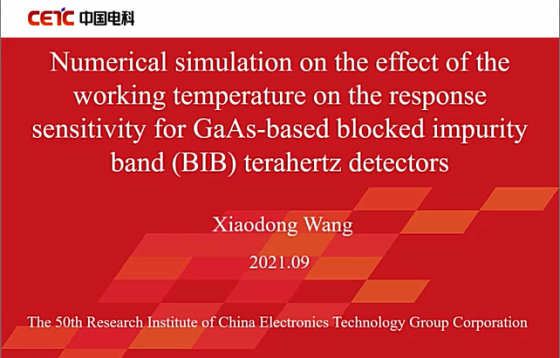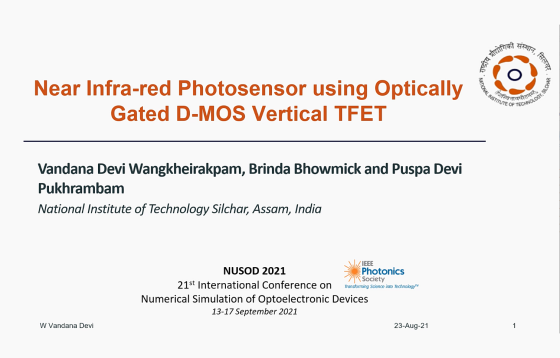D01–Probability Theory of Single-Carrier Avalanche in HgCdTe APDs as a Stochastic Process
Recent researches have proven that HgCdTe is a good material to acquire both high multiplication and low excess noise factor at the same time in avalanche photodiodes (APDs). As a pseudo-binary narrow bandgap semiconductor material, HgCdTe exhibits high conduction band nonparabolicity as well as strong alloy scattering, especially for hot electrons, which changes the dynamics […]




